Dual benefits for the wood industry from creating carbon credits
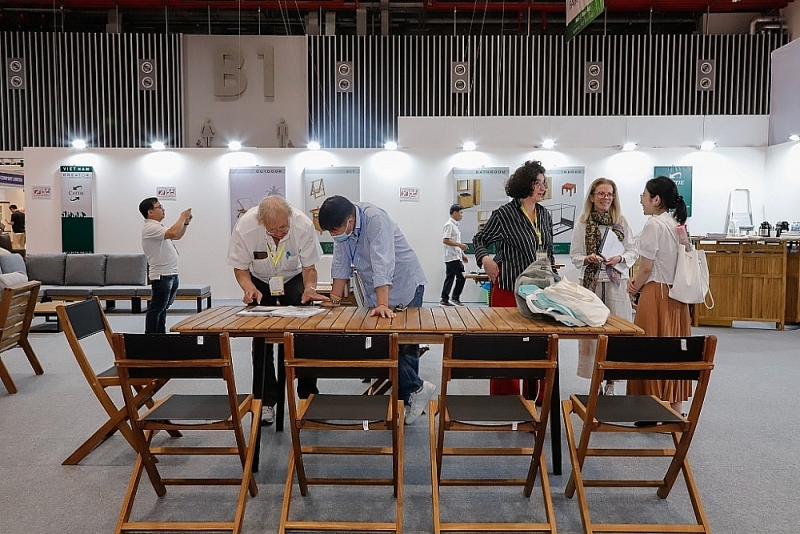 |
| Not only does it bring a large source of revenue from carbon credits, greening also brings an outstanding competitive advantage to Vietnamese wood products in the international market. |
Huge financial resources
| During the period 2010-2020, the average annual net emissions in forestry is about negative 40 million tons of CO2 equivalent. If converted into monetary value, reducing 40 million tons of CO2 is equivalent to about VND3,500 billion with the assumption that the cost of reducing emissions of 1 ton of CO2 is equivalent to US$5. Dr. Vu Tan Phuong, Director of VFCO |
Recently, Vietnam received more than US$51 million from the World Bank from the transfer of more than 10 million forest carbon credits. That shows that the interest of foreign organizations in carbon projects in general and carbon projects from the wood industry in particular in Vietnam is huge.
From an investor's perspective, according to Mr. Nguyen Ngoc Tung, Director of VinaCarbon Climate Impact Fund, the wood industry has great potential in creating carbon credits to compensate for other industries and help Vietnam reach net zero emissions by 2050. Because trees have the ability to absorb carbon in the atmosphere and store it in wood, or they can replace fossil fuels by using it as a renewable energy source. In addition, in some areas, wood can be used as a substitute for other high-emitting materials such as concrete, plastic...
Vietnam has more than 14 million hectares of forests, of which nearly half are production forests. According to Mr. Tung, if wood industry enterprises are aware that investing in sustainable development and reducing emissions is an inevitable and necessary trend that must be implemented, their revenue will not only come from wood processing activities and forest products but also from carbon credits.
At the same time, investing in reducing emissions for the wood industry also means that businesses comply with international regulations on sustainable forest management and exploitation, thus, it will increase competitiveness and the ability to penetrate markets like the EU, bringing higher value to businesses' exports.
Vu Tan Phuong, Director of the Vietnam Forest Certification Office (VFCO), also said that the results of the national greenhouse gas inventory and calculation of gas emissions in forestry show that the forestry sector is the only sector with negative net emissions, i.e. the amount of carbon absorbed by forests is greater than the amount of carbon emitted.
On average during the period 2010-2020, the average annual net emissions in forestry is about negative 40 million tons of CO2 equivalent.
If converted into monetary value, reducing 40 million tons of CO2 is equivalent to about VND3,500 billion, which assumes the cost of reducing emissions of 1 ton of CO2 is equivalent to US$5.
In addition to the benefits that forests are bringing to production activities, the implementation of measures to reduce greenhouse gas emissions in forestry will make an important contribution to implementing Vietnam's emission reduction goals and creating additional financial resources from carbon credit purchasing, exchange and trading activities in domestic and international carbon markets.
Currently, the Government is building a domestic carbon market and when it comes into operation, it will open up opportunities to buy, sell, exchange and trade carbon credits between businesses, promoting investment to reduce greenhouse gas emissions and increase carbon absorption in forestry activities.
Need to proactively and actively "go green"
As one of the leading countries in wood and forest product processing, Vietnam's policies are moving towards a sustainable forestry that meets market requirements.
The major policy directions for forestry development by 2030 are to achieve the goal of 1 million hectares of forest certified for sustainable forest management, 100 percent of wood and wood products for export and domestic consumption will be used from legal sources of wood materials, wood with sustainable forest management certificates and 100 percent of the organization's forest area practicing sustainable forest management.
To achieve the above goals, the National Forest Certification System (VFCS) was established under the Decision No. 1288/QD-TTg dated October 1, 2018, recognized by the International Forest Certification Organization (PEFC) and managed and operated by the Office of Sustainable Forest Management Certification. Since officially operating in 2020, the Vietnam Forest Certification brand has made important contributions in implementing sustainable forestry development goals, meeting market requirements, enhancing the Vietnamese wood brand, and promoting trade in forest products and improve the capacity of relevant parties.
Dr. Vu Tan Phuong affirmed that, based on market requirements, using certified wood materials will be the main trend in the coming years. Direct financial benefits from carbon trading can be generated, if businesses meet carbon market requirements.
In addition, production towards reduced emissions and low carbon will create opportunities to access green production technology and improve capacity. These benefits will enhance the value of businesses, creating competitive advantages in market access and demonstrate the responsibility of businesses towards environmental protection issues, mitigation and adaptation to climate change.
From the perspective of a consulting unit, Mr. Tran Duc Tri Quang, Data Director of FPT IS shared that the process of creating carbon credits has three main steps, including baseline emissions assessment of three years before project implementation; emission reduction assessment and credit estimation from the second year; assess feasibility, complete registration, independent assessment. In particular, the required starting point is the baseline emission value of three years before project implementation.
Therefore, when businesses consider setting up emission reduction projects, it is necessary to conduct a greenhouse gas inventory and accumulate data for three years as a basis for calculating the ability to reduce emissions.
Meanwhile, in order to attract investment and take advantage of capital from investment funds, Mr. Quang said that wood industry enterprises need to be proactive in the "greening" process, since the leadership must recognize aware of the importance of sustainable development, establishing specialized departments and being ready to change approach and management to suit a carbon credit generating project.
In addition, businesses also need to improve their competitiveness, apply scientific and technological advances to improve labor productivity, and digitally transform to reduce production costs; strengthen brand promotion and product quality and build large-scale concentrated processing industrial parks.
Related News
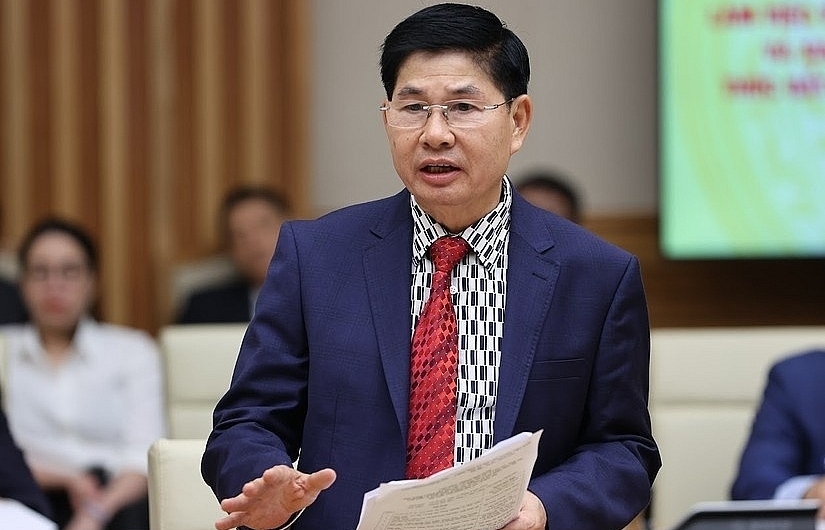
The wood industry seizes opportunities amid changes in the export market
11:22 | 16/12/2024 Import-Export

Seafood exports increase competitiveness through quality
10:24 | 09/12/2024 Import-Export

New export and business cooperation opportunities from "dual conversion"
10:53 | 23/11/2024 Import-Export

Chemical companies go green to compete effectively
08:55 | 11/11/2024 Import-Export
Latest News

Embracing green exports: a pathway to enter global supply chains
10:33 | 20/02/2025 Import-Export
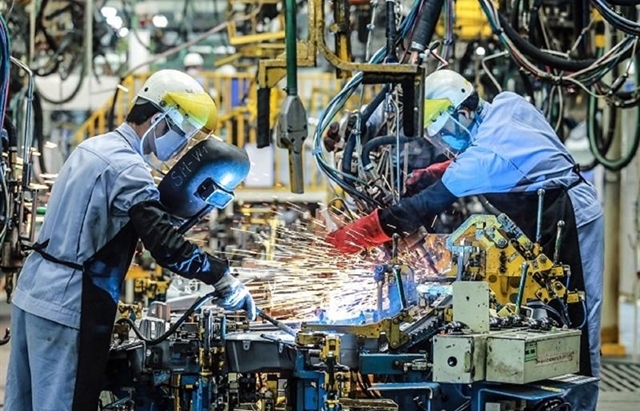
New policy proposed to prevent transfer pricing, tax evasion of FDI enterprises
10:32 | 20/02/2025 Import-Export
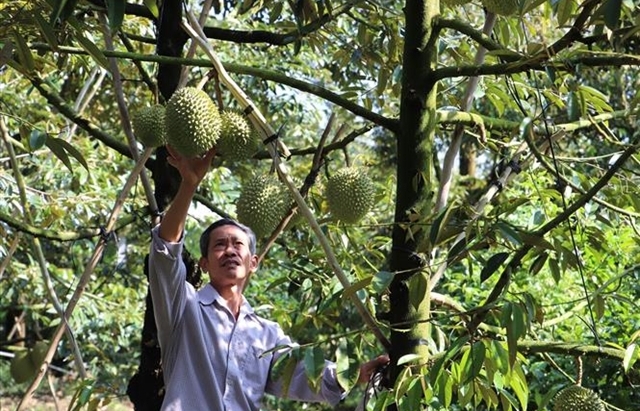
Việt Nam’s durian exports to China plummet by 80%
16:18 | 19/02/2025 Import-Export
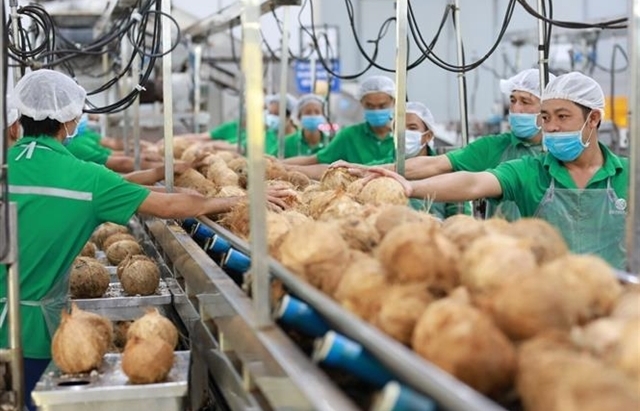
Coconut exports reach 14-year high
15:29 | 18/02/2025 Import-Export
More News

Shrimp exports grow in the first month of 2025
15:28 | 18/02/2025 Import-Export
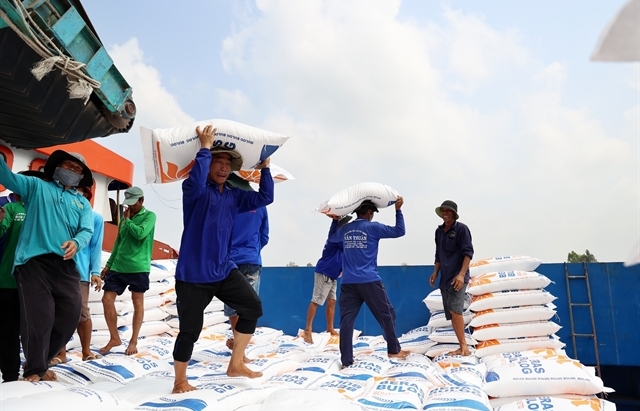
Rice export prices drop, but decline expected to be short-term
08:10 | 17/02/2025 Import-Export
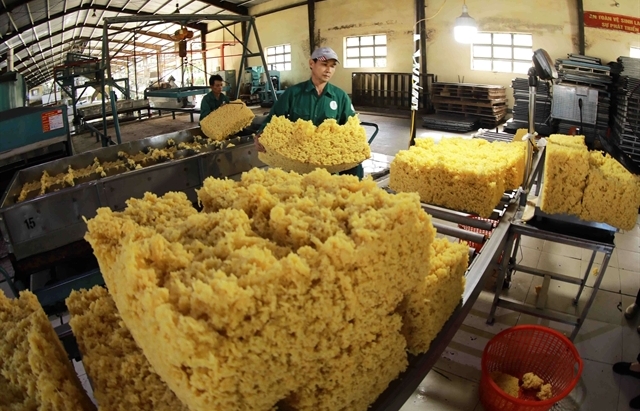
Key agro products expected to maintain export growth this year
08:08 | 17/02/2025 Import-Export
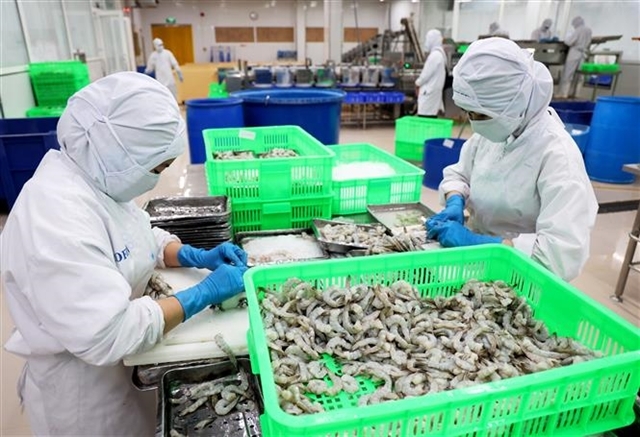
EU issues 12 warnings against Việt Nam’s food and agricultural exports
08:07 | 17/02/2025 Import-Export
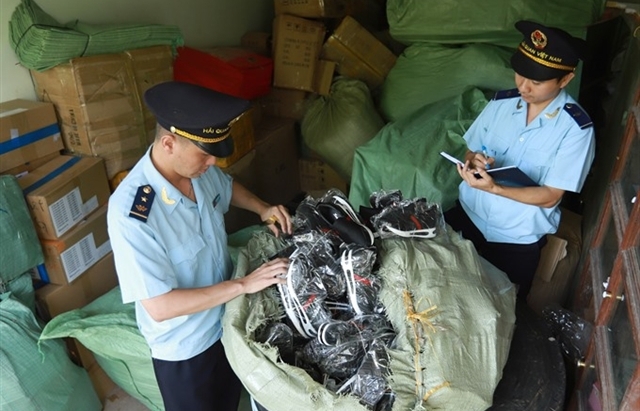
Việt Nam to impose VAT on low-value express-imported goods
08:06 | 17/02/2025 Import-Export

Exchange rate risks need attention in near future
16:31 | 15/02/2025 Import-Export
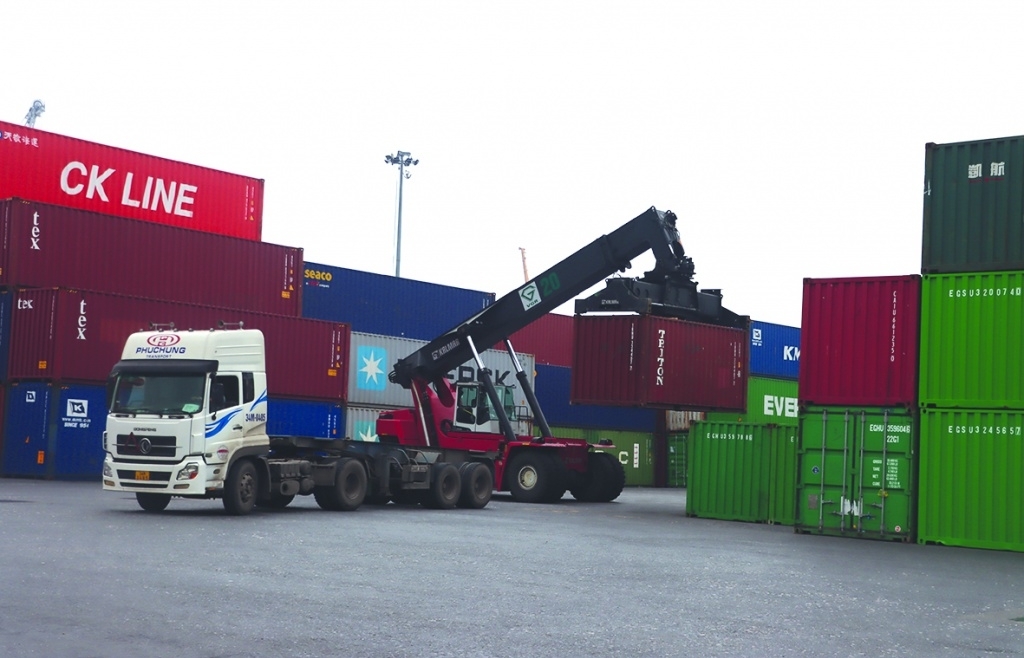
Vietnam kicked off the year with a strong start in trade, exceeding US$63 billion in the first month
16:30 | 15/02/2025 Import-Export
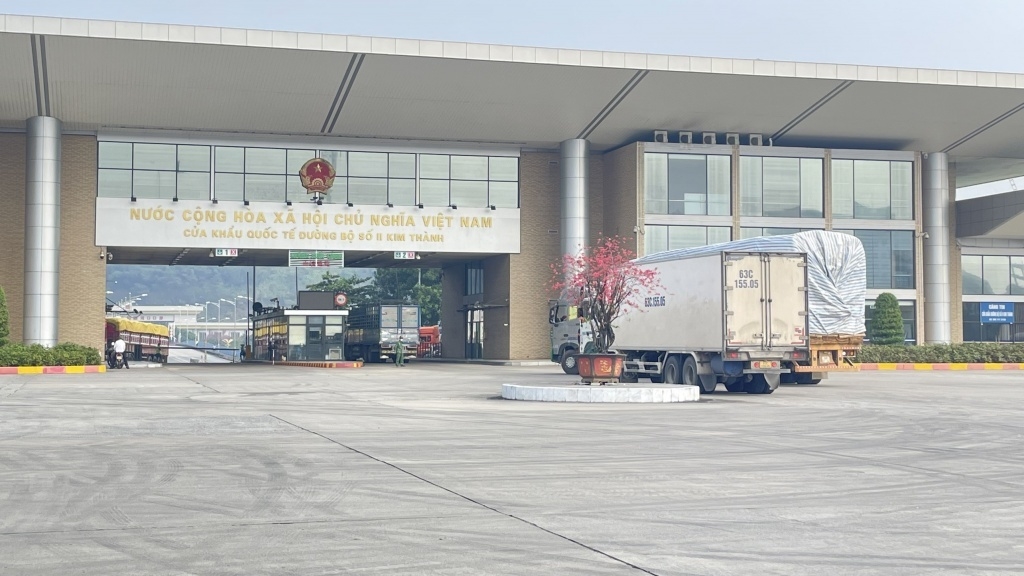
Import and export turnover reaches about US$29 billion in the second half of January 2025
14:52 | 14/02/2025 Import-Export

Market edges up slightly as liquidity remains low
14:48 | 14/02/2025 Import-Export
Your care

Embracing green exports: a pathway to enter global supply chains
10:33 | 20/02/2025 Import-Export

New policy proposed to prevent transfer pricing, tax evasion of FDI enterprises
10:32 | 20/02/2025 Import-Export

Việt Nam’s durian exports to China plummet by 80%
16:18 | 19/02/2025 Import-Export

Coconut exports reach 14-year high
15:29 | 18/02/2025 Import-Export
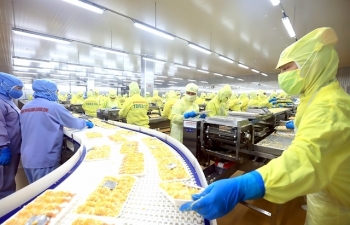
Shrimp exports grow in the first month of 2025
15:28 | 18/02/2025 Import-Export
